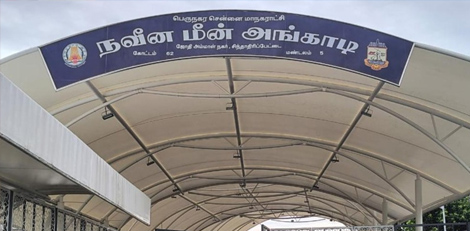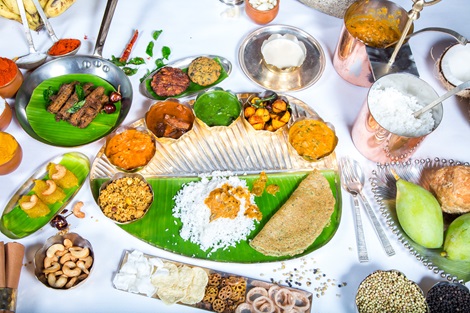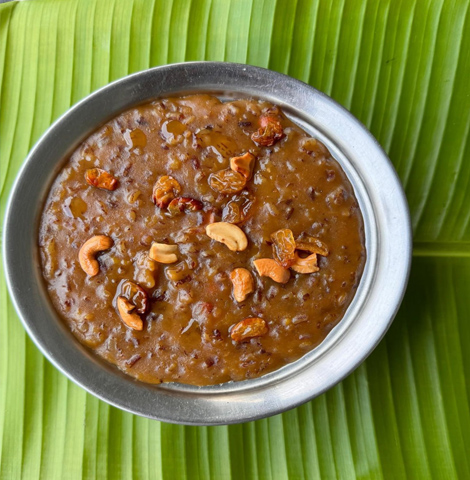A Healthier youth for a healthier life ahead
Posted on: 04/May/2019 10:29:44 AM

World Health Organization holds stroke as the second biggest factor responsible for mortality and its increase across the world especially in India is alarming more so in the younger generations. Heart attack or stroke used to be a disease restricted to older age group and usually those with a history of cholesterol, smoking, diabetes but with the change in time, there has been a drastic change in the stroke age group landscape as well. As young as 25-year-old youngsters have succumbed to sudden cardiac arrests, thanks to the sedentary modern day lifestyle. The IT city of Bengaluru itself has seen a 15-20 percent rise in the number of stroke patients last year and a significant percentage of those were the young IT crowd.
Health experts highlight, while there are several modifiable, non-modifiable, genetic factors as well as blood-related factors that are also responsible for strokes, the highest blame is to be on the lifestyle being followed that comes with advanced levels of stress.
Ischemic strokes, which are more on the rise, happen when a blockage cuts off blood supply to the brain and are the most common form of stroke. While hemorrhagic strokes, which are much less common, are caused by burst blood vessels in the brain.
These days most of the young generations are caught up in leading a hectic lifestyle where they work for 12-14 hours a day at least and staying up late at night has become a norm. Odd hours of sleeping or lack of sleep as well as consuming more of processed food instead of nutrient diet only pulls one away from a healthier life. Hypertension, lipid disorders, diabetes, tobacco use, smoking, obesity are all risk factors involved in making strokes so common. The probability of having three or more of these determinants has doubled in men and women hospitalized for acute ischemic strokes. As the stroke hospitalizations went down in numbers among the aged, it has shockingly shot up among youngsters. The hospitalization ratio for women in the age group of 18 to 44 years also enhanced. While stress was determined as one major cause for this, another factor considered for women was the use of contraceptives. Hormonal birth control methods have usually been correlated with a slight increase in the risk of blood clots; and since blood clots account for 87 percent of all strokes, hence the derivation. However, views are distributed when on this.
Stroke is not always of high intensity, sometimes it`s only a numbness even without pain, headaches, migraines or constant hiccups if not resolved can become a symptom. If the underlying factors of stroke are not addressed after having one, then the chances of strokes further significantly rise. Doctors often highlight the importance of taking timely medication when it comes to heart, and the need to have regular check-ups to stay aware of your body and not ignore any signs of a stroke. Time-loss is brain-loss when it comes to a stroke. Approximately 2 million brain cells die every minute a stroke is untreated, increasing the risk of disability or death.
Up to 15% of strokes hit people are below the age of 45 now and having a stroke when you�re young means many years of dealing with its potentially devastating effects during what should be your most productive years.
The main reasons why strokes are increasing in youngsteters are:
� Smoking: As someone rightly said, "The more you smoke, the more you stroke".
� High Blood Pressure: Some 20% of people between the ages of 20 and 39 have high blood pressure, the main factor for strokes.
� Obesity: A higher risk of stroke is also influenced by more body mass and obesity is almost becoming a norm these days in children and teenagers due to junk food consumptions.
� High Cholesterol: As is known, high cholesterol was among the most prevalent feature for younger people experiencing a stroke.
� Coronary Artery Disease (CAD): A lot of youngsters in the age group of 18-24 have at least one coronary heart disease risk factor that further exposes them to the risk of a blocked artery that can lead to stroke.
However, many health experts still believe that around 80% of all heart diseases are preventable through healthier diet and lifestyle choices. Keeping yourself active and doing moderate exercises, avoiding junk food, smoking, excessive alcohol, and drugs as well as keeping track of your blood pressure, cholesterol and overall body health are some small choices that you can inculcate each day to ensure a healthier life for yourself and stay away from the risk of stroke.
Everyone must also remember the acronym FAST to rapidly detect a stroke
1) Face dropping: Check if one side of the face is drooping
2) Arm weakness - check if one of the arm weak or numb?
3) Speech disability - Has the speech slurred? Is the person unable to speak or understand
4) Time to call emergency - Call the emergency even if none of the above is mentioned
Contributed by Dr. Advait Prakash Kulkarni, Consultant � Neurologist, Columbia Asia Hospital Sarjapur Road







